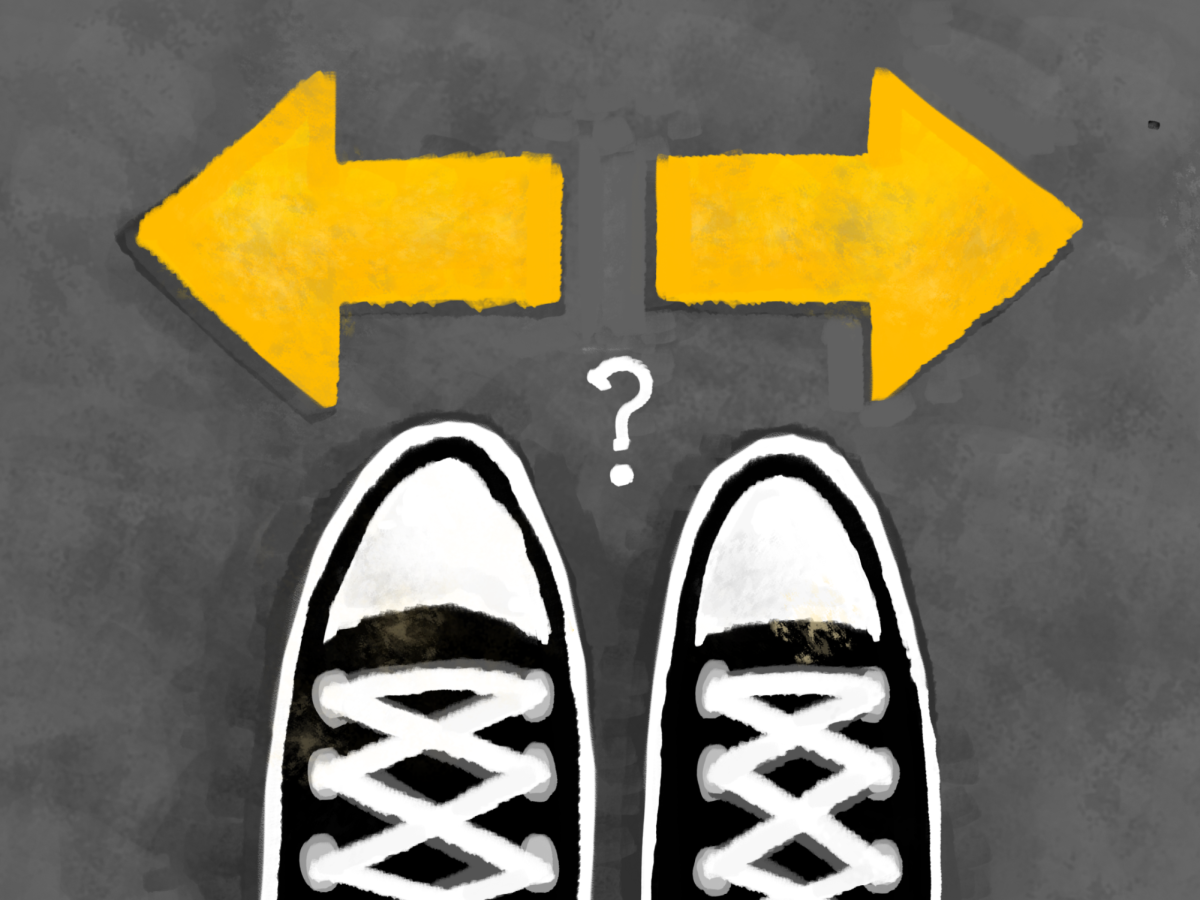When students hear the word “nonfiction,” dense textbooks, poorly formatted PDFs, and long-winded research papers come to mind. Our screen-weary eyes glaze over walls of text, darting between confusing jargon and underlined passages we are expected to remember. We see these texts as a necessary evil to be endured for school, something to check off as a part of our workload. They do not beg to be read—they demand it, and we give them our bare minimum.
In an age when technology offers AI-generated summaries, condensed headlines, and short-form videos as easily digestible alternatives, it is understandable why we avoid fully immersing ourselves in longer, more complex materials. Nonfiction books, in particular, are regarded as monotonous and difficult because they require focus, analysis, and reflection to properly absorb. Compared to their fiction counterparts, nonfiction texts are an intellectual exercise that taxes our exhausted brains rather than provides an escape.
However, the problem lies not within nonfiction but in how we treat it. Too often, the genre is limited to academic contexts, seen as something only used during formal study instead of a resource that answers our curiosities. When approached from the right angle, nonfiction is rich with stories, ideas, and messages akin to those in fantasy or adventure novels. It exposes us to perspectives we may never have otherwise encountered, cultivating our empathy and sense of collective humanity. Nonfiction can also equip readers with a toolbox of practical knowledge and life skills that inform our decision-making in real-world applications. The key is recognizing what appeals to you rather than what looks good on your reading log.
For those hoping to expand their libraries, the best approach is to start small and seek accessible entry points. Memoirs are the perfect gateway to humanize history, politics, and social issues, as they turn facts into gripping narratives with insightful commentary. Their familiar structures also offer a smooth transition from the Hero’s Journey template, demonstrating that everyday people have impacts just as powerful as Atticus Finch and Frodo Baggins. Writers like Bryan Stevenson and James Balwin offer compelling introductions to nonfiction, combining emotional depth with social critique. These works offer the personal engagement and connection students seek in fiction while encouraging them to confront their inner biases and critical thinking. Nonfiction can even present itself in various subgenres, including the heart-wrenching account of war in the short story “Uncle, Give Me a Cigarette” and the powerful exploration of racism in the poem Citizen: An American Lyric.
Another way to ease into nonfiction is to tailor your reading choices to cater to subjects that interest you. Whether it be true crime, technology, business, or popular culture, there is a wealth of knowledge within nonfiction books that are both informative and engaging. These books are typically written with a humorous, self-aware tone that makes the medical history behind cadavers or the unconventional meaning of life seem entertaining. When given facts in a unique manner, we are more likely to be receptive to the science or philosophy behind them.
Ultimately, the reluctance to engage with nonfiction stems from misunderstanding its potential. Rather than viewing the genre as an experience to grit our teeth through, we should see it as an opportunity to challenge our thinking, inspire our actions, and foster personal growth. By opening ourselves to the diversity of nonfiction, we can deepen our understanding of the world and ourselves.









